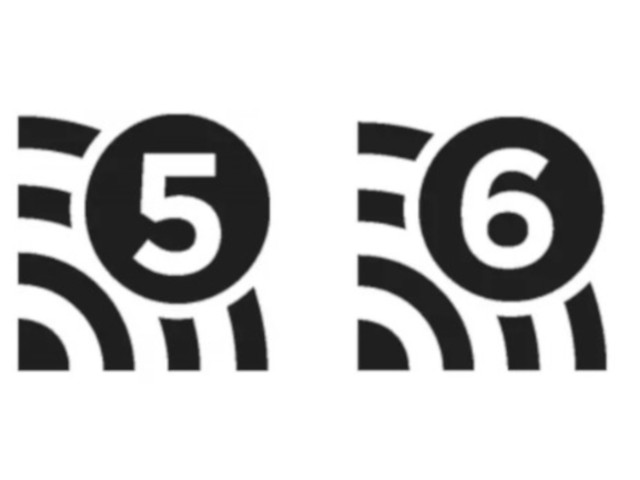In our technology-driven environment, it’s hard to imagine a world without Wi-Fi. Wi-Fi paved the way for the wireless internet connectivity that most of us appreciate we cannot live without at work, leisure or at home.
Crediting one single person with the invention of wi-fi is challenging, however, a good place to start is with the creation of the 802.11 standards (radio frequency) used for broadcasting a Wi-Fi signal. Vic Hayes is credited as the "father of Wi-Fi" because he chaired the Institute of Electrical and Electronics Engineers (IEEE) committee that created the 802.11 standards for Wi-Fi in 1997. Before the public even heard of Wi-Fi, Hayes established the standards that would make Wi-Fi feasible. The 802.11 standard was established in 1997 and subsequently there have been many improvements which added to the 802.11 standards. These include 802.11a, 802.11b, 802.11g, 802.11n and so on. A recent decision was made to simplify the naming to Wi-Fi n, the current standard being Wi-Fi 5.
Wi-Fi 6 will be rolling out soon - what does this all mean for the end-user?
“Users will soon be able to see which version of Wi-Fi their device is compatible with, in addition to the Wi-Fi signal bar displaying the n to show which wireless network version they are connected to. That way, if two networks are available — one showing “4” and the other showing “5” — you’d be able to choose the newer, faster option. Wi-Fi 6 will be introduced during 2019 with the aim of being fully operational in 2020,” explains Greg Antic, a Network Engineer at Smart Technology Centre (STC).
One of the biggest challenges with Wi-Fi is competition with other devices that also use the2.4GHz and 5GHz radio bands that broadcast Wi-Fi signal – such as baby monitors and microwave ovens – Wi-Fi tends to get bogged down when you’re in a crowded place with a lot of Wi-Fi enabled devices, which affects Wi-Fi speeds adversely.
“The quality of a Fibre to the home/business connection is also largely dependent on the hardware such as the latest router with updated firmware. Often the fibre service is benchmarked incorrectly using the Wi-Fi speed as a barometer which is not a true reflection of the fibre line’s speed due to overcrowded Wi-Fi signal bands,” explains Greg.
“A welcome improvement in Wi-Fi 6 is its ability to handle client density more efficiently through its new channel-sharing capability, allowing Wi-Fi 6 to perform better in congested areas. Wi-Fi 6 will also deliver efficiency improvements with at least four times more throughput than the current Wi-Fi 5 can offer. In a nutshell the recent improvements involve some clever engineering to get more bandwidth out of the existing 2.4GHz and 5GHz that your router already employs, meaning more capacity with less interference on the same channels, and faster data transfer speeds,” he says.
When should I switch to WiFi6?
The process of finalising the Wi-Fi 6 standards are nearing completion, at which point hardware developers will be able to finalise their designs that will support the new standard. This is set for completion in the next few months.
“It does not, however, mean that you now need to replace your existing Wi-Fi installations once Wi-Fi 6 is available – it really needs to be viewed from a necessity point of view. If you are expecting to do an upgrade soon or if you are investing in new equipment and you would like it to last for the next five or so years, then upgrading to Wi-Fi 6 is ideal. Likewise, if your business is already struggling with its Wi-Fi signal strength, then it may be a necessity to upgrade to Wi-Fi 6 as soon as it is available,” says Greg.
Wi-Fi 6 will be ‘backwards compatible’ with all the existing Wi-Fi gear, so if you buy any new gear that supports the new Wi-Fi 6 protocol, it will still work with the current setup—you just won’t be able to get the faster speeds until everything is Wi-Fi 6 enabled. You will also start seeing a “Wi-Fi 6 Certified” logo on devices that have gone through the Wi-Fi Alliance’s certification process.
“Bear in mind that it will take time to roll this out and for Wi-Fi 6 devices to become available. Smart Technology Centre has always been at the forefront of technology and we have made the decision to switch to the new Wi-Fi 6 standard as soon as the hardware is available, both for our business and for the solutions we supply to our clients,” concludes Greg.





